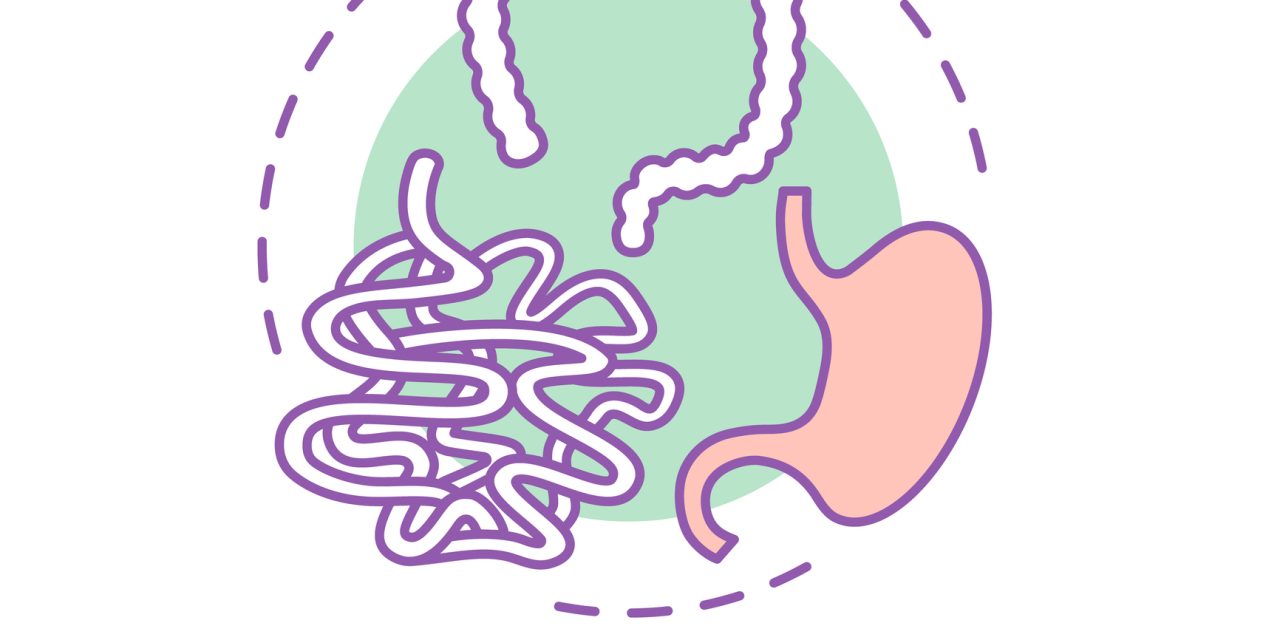The Ki-67 proliferation index is integral to gastroenteropancreatic neuroendocrine tumor (GEP-NET) assessment. Automated Ki-67 measurement would aid clinical workflows, but adoption has lagged owing to concerns of nonequivalency. We sought to address this concern by comparing 2 digital image analysis (DIA) platforms to manual counting with same-case/different-hotspot and same-hotspot/different-methodology concordance assessment.
We assembled a cohort of GEP-NETs (n = 20) from 16 patients. Two sets of Ki-67 hotspots were manually counted by three observers and by two DIA platforms, QuantCenter and HALO. Concordance between methods and observers was assessed using intraclass correlation coefficient (ICC) measures. For each comparison pair, the number of cases within ±0.2xKi-67 of its comparator was assessed.
DIA Ki-67 showed excellent correlation with manual counting, and ICC was excellent in both within-hotspot and case-level assessments. In expert-vs-DIA, DIA-vs-DIA, or expert-vs-expert comparisons, the best-performing was DIA Ki-67 by QuantCenter, which showed 65% cases within ±0.2xKi-67 of manual counting.
Ki-67 measurement by DIA is highly correlated with expert-assessed values. However, close concordance by strict criteria (>80% within ±0.2xKi-67) is not seen with DIA-vs-expert or expert-vs-expert comparisons. The results show analytic noninferiority and support widespread adoption of carefully optimized and validated DIA Ki-67.
© American Society for Clinical Pathology, 2021. All rights reserved. For permissions, please e-mail: journals.permissions@oup.com.
Ki-67 Proliferation Index Assessment in Gastroenteropancreatic Neuroendocrine Tumors by Digital Image Analysis With Stringent Case and Hotspot Level Concordance Requirements.


